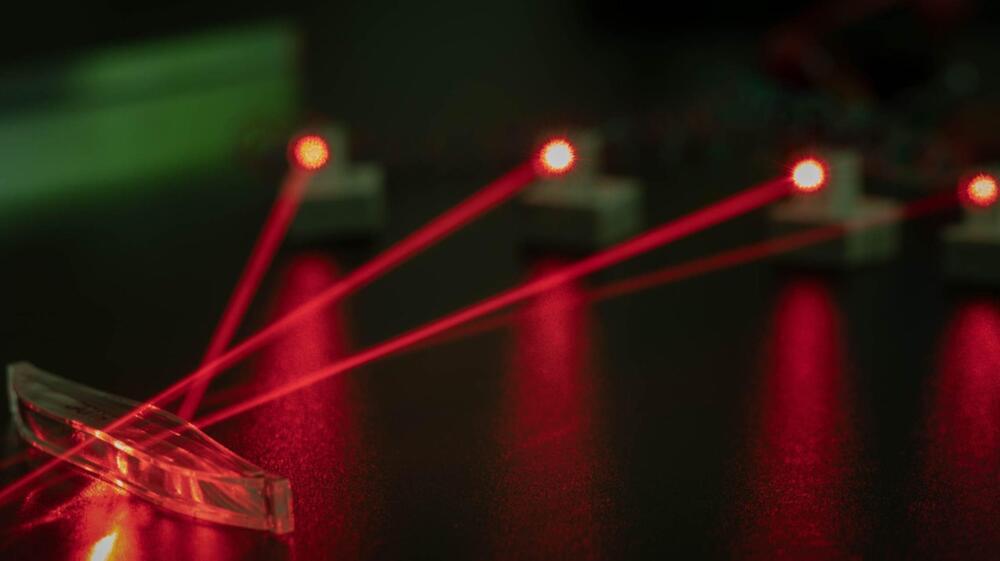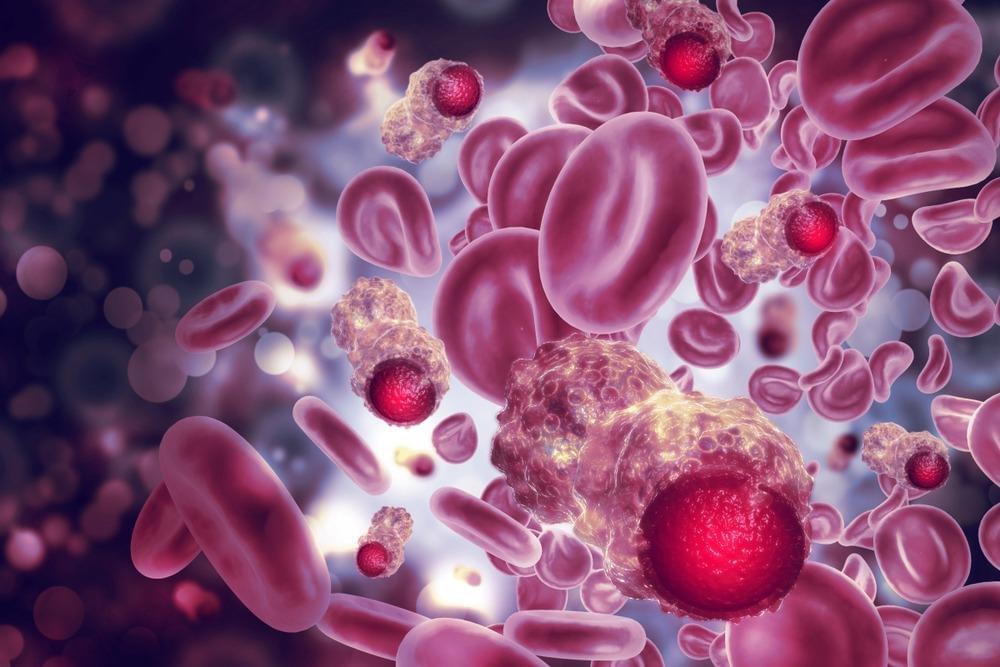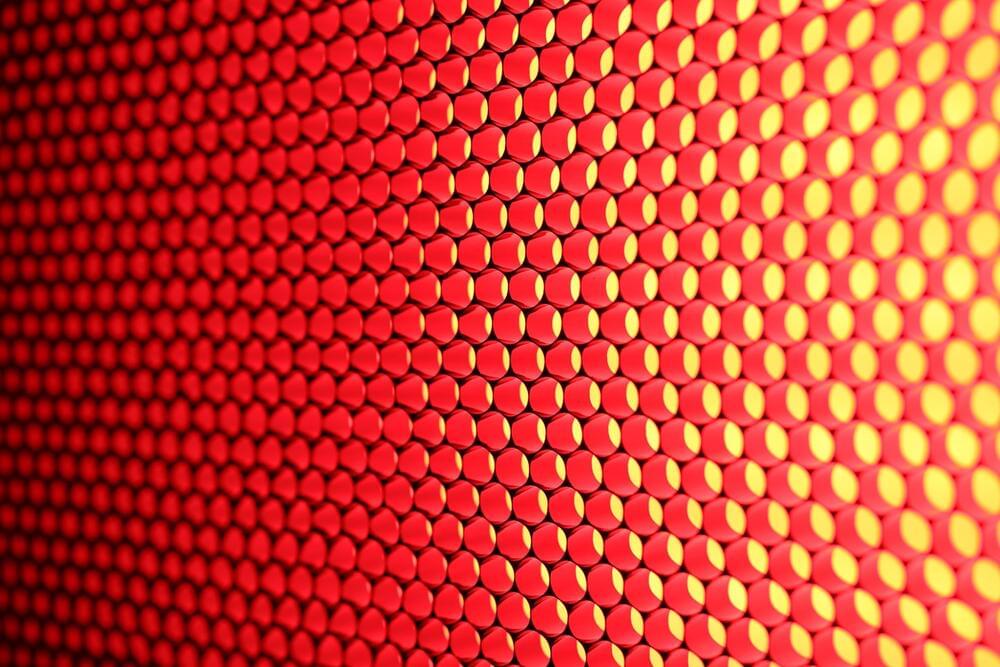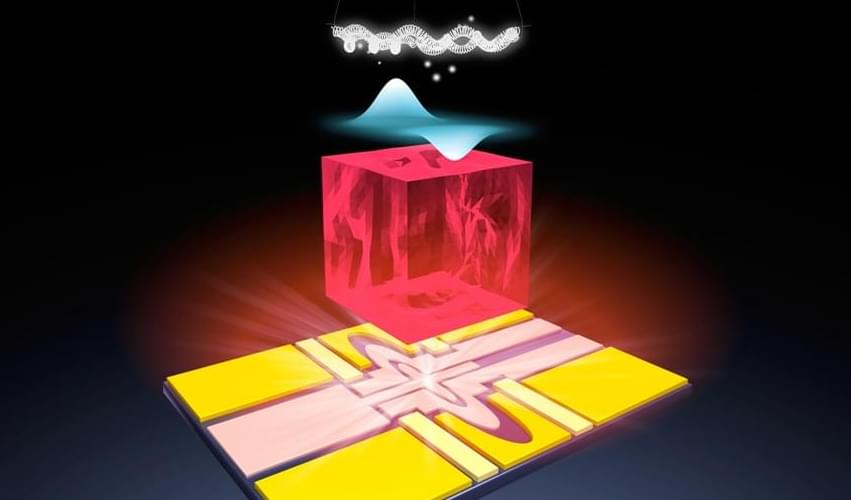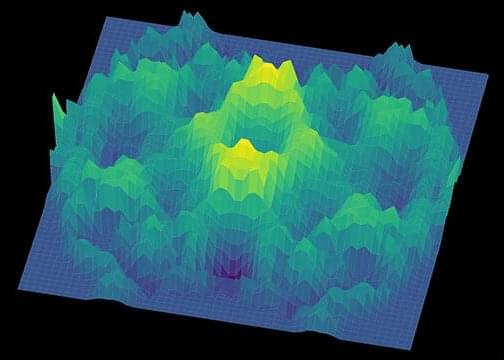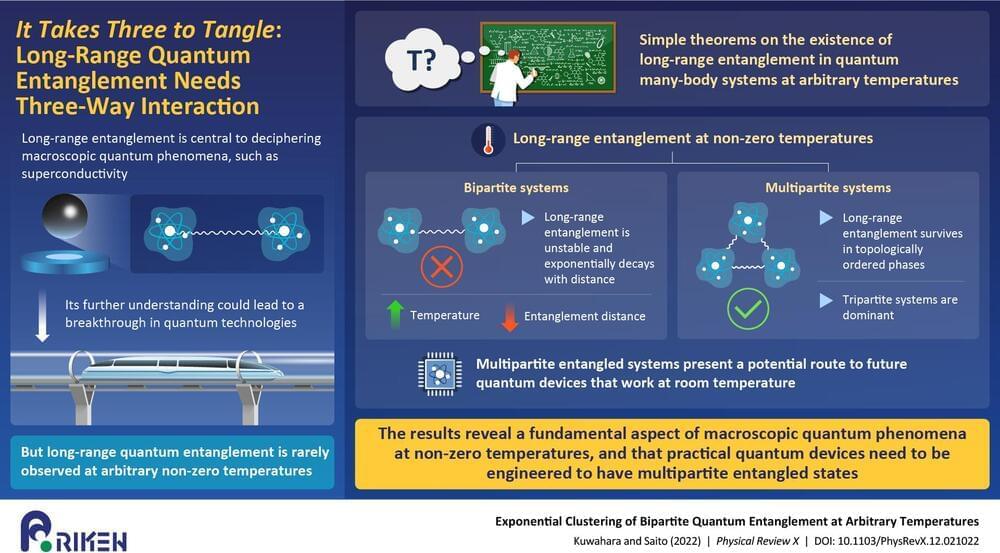May 11, 2022
How “Photonic Computers” Could Use Light Instead of Electricity
Posted by Jose Ruben Rodriguez Fuentes in category: computing
At the time of writing, scientists and engineers still haven’t figured out how to replicate every computer component that currently exists within semiconductor processors. Computation is nonlinear. It requires that different signals interact with each other and change the outcomes of other components. You need to build logic gates in the same way that semiconductor transistors are used to create logic gates, but photons don’t behave in a way that naturally works with this approach.
This is where photonic logic comes into the picture. By using nonlinear optics it’s possible to build logic gates similar to those used in conventional processors. At least, in theory, it could be possible. There are many practical and technological hurdles to overcome before photonic computers play a significant role.
